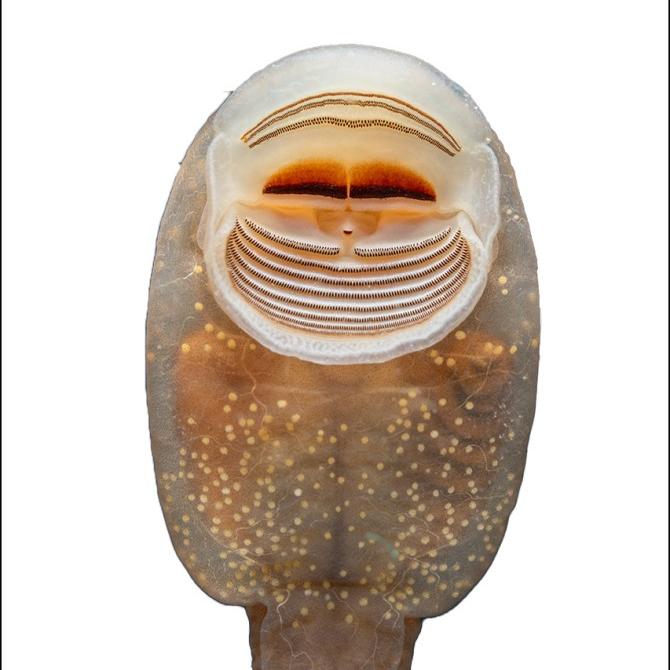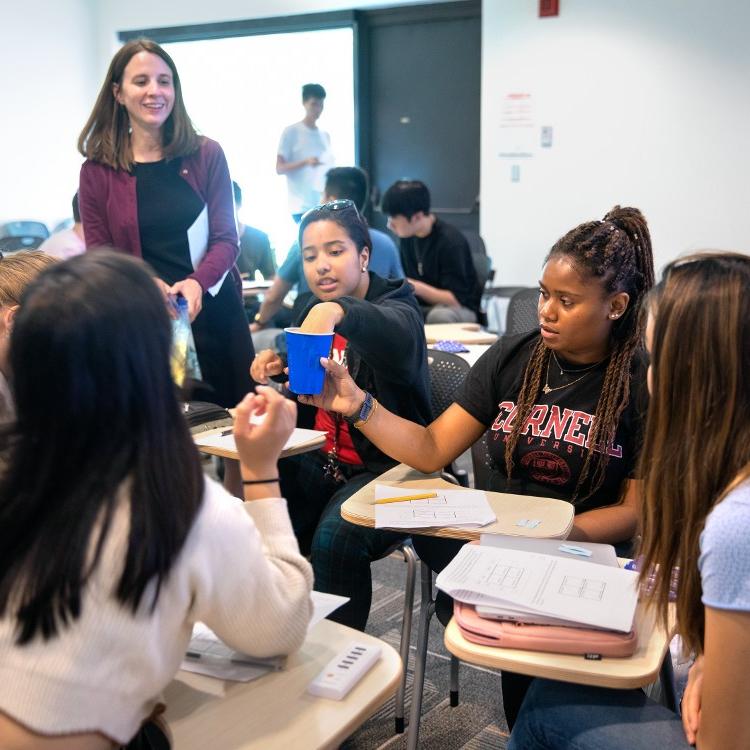The Cornell Museum of Vertebrates now has three California condor specimens in its collection, thanks to a donation by the United States Fish and Wildlife Service (USFWS).
“They are our first condors, which is very exciting,” said Vanya Rohwer, curator of birds and mammals at the museum, which is administered through the Department of and is housed at the Johnson Center for Birds and Biodiversity, along with the Cornell Lab of Ornithology.
California condors are a conservation success story; in 1982 there were only 23 birds worldwide. By 1987, all remaining wild condors were placed into a captive breeding program. The USFWS began reintroducing them to the wild in 1992, and now their population numbers are more than 400.
The museum put in a request in 2005 to receive any condor specimens that were donated to the federal agency. That request was fulfilled in December when Cornell received a delivery of three birds, two complete specimens and a partial carcass. Rohwer and colleagues have since prepared one of the specimens. The skeleton and one of the wings was separated from the skin. The skin was preserved and stuffed, the skeleton was cleaned by carnivorous beetles, and the stand-alone wing was preserved unfolded.
“When they are preserved like this they’ll last hundreds of years,” Rohwer said. The museum operates like a library, where researchers and artists can borrow a specimen, which is mailed and returned. The specimens provide samples for studies of environmental contaminants that affect these birds and isotope studies to analyze their diets. Researchers can also request measurements and tissue sample data that the Lab of Ornithology has already collected.
Rohwer is leading a project to understand differences in the symmetry of molted feathers between right and left wings. Since large birds like condors cannot replace all their flight feathers in a single year, researchers suspect the right and left wings would become more and more mismatched over time with old and new feathers.
“It helps us understand which species have evolved different strategies to replace their feathers, and the costs and benefits of these strategies,” Rohwer said.
All three of the condors had wing tags placed on them by researchers for tracking purposes, providing important life history data of the birds. The Cornell specimen that has already been preserved was born in captivity and released from the World Center for Birds of Prey in Boise, Idaho, in 2002. It lived 10.75 years (9.83 years in the wild) and, like the other complete specimen the museum received, died of lead poisoning. The third partial carcass was likely killed by a golden eagle.
“The vast majority die of lead poisoning,” Rohwer said. “I think that’s the biggest threat to condors in the wild.”
This environmental lead comes from lead bullets. Hunters may shoot an animal, often deer, and lose track of their quarry or leave gut piles that have lead particles. Lead bullets traveling at high velocity shatter when they hit an animal, turning to lead dust that scatters inside the animal’s body. “Haunting X-rays” show a cloud of lead particles around the bullet entry wound, Rohwer said. Scavenging animals – condors, eagles, vultures and coyotes – ingest lead this way.
“Copper bullets are a good alternative, and good for food security for hunters themselves” who eat the animals they shoot, Rohwer said.
Condor specimens in the museum highlight bird diversity across North America and the world, Rohwer said. They offer a glimpse into a rare, very large bird – “their wingspans are over eight and a half feet long,” he added.
The Cornell University Museum of Vertebrates is dedicated to the study of vertebrates (fishes, amphibians, reptiles, birds and mammals). It contains over 1.5 million specimens and 10,000 genetic samples and is an important resource for undergraduate and graduate education.
This ariticle originally appeared in the Cornell Chronicle.






